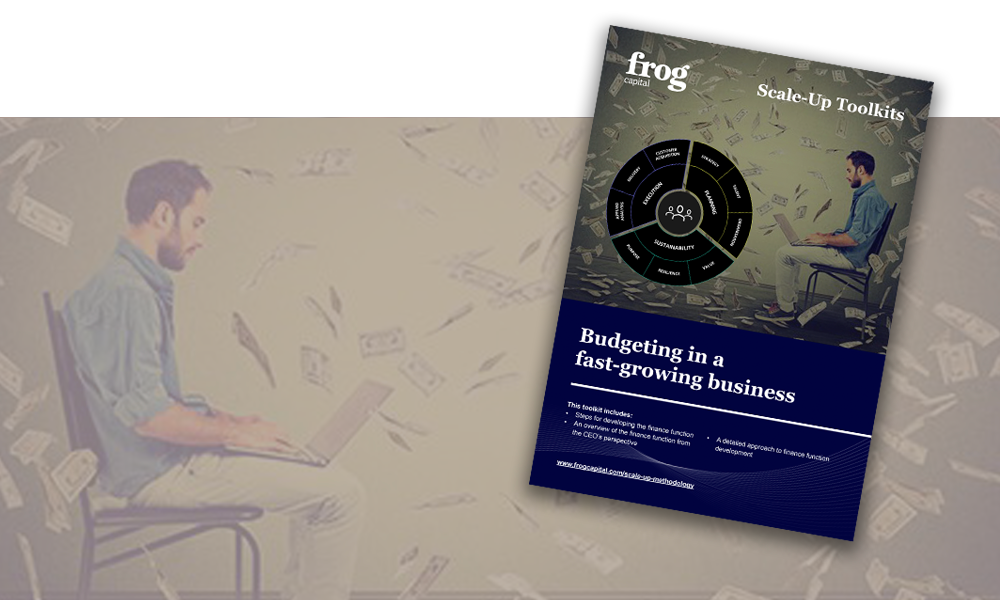Constraining budgets is a common mistake, especially for start-ups climbing the ladder towards being a scale-up. Some early-stage CEOs might even argue that limiting budgets—or having nothing at all—is the way forward as budgets aren’t worth the attempt since outcomes aren’t always in line with forecasts.
It’s an easy mistake to make and a common one for start-ups moving towards scale-up. It indicates that leaders within these businesses may misunderstand the purpose of a budget and that those in charge of the finances aren’t at the right level to drive decision making in their company.
Ideally, the budget process should:
- Not just be owned by the finance department, but the whole organisation
- Involve top-down input to create a consistent output, and
- Be built on a financial model
In the toolkit, we outline the what a good budget should have, including:
- Aligning resources with strategy – This comprises of strategic non-financial objectives
- Avoiding being overly optimistic – When it boils down to financial targets and estimating the speed and risk of new resources
- Acting as an effective yardstick for future performance – This is to improve future assumptions and understanding of causal connections and foster a better understanding of the current business drivers
- Helping a CEO manage expectations internally and externally – This drives better scenario planning, giving the board options to choose based on risk and return
- Planning for bottlenecks and obstacles to growth – To understand where there are diminishing returns (e.g. marketing) or incremental unit costs
- Supporting proactive cash management – To provide early visibility of potential and developing issues and allows proactive cash management required to maintain headroom
Summary
In budgeting for a fast-growing business, the process should encourage the company to understand the interconnectedness of its different facets so that it is prepared for inevitable variances.
“Without this structure, differences can be explained with ad hoc stories that don’t inform future resource allocation decision making and don’t ensure accountability.”
You can read more of the budgeting process and budget timing in the attached toolkit.












